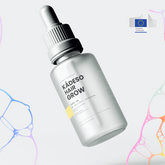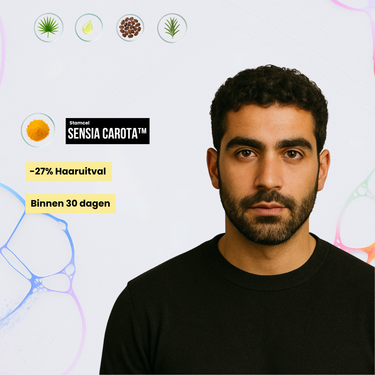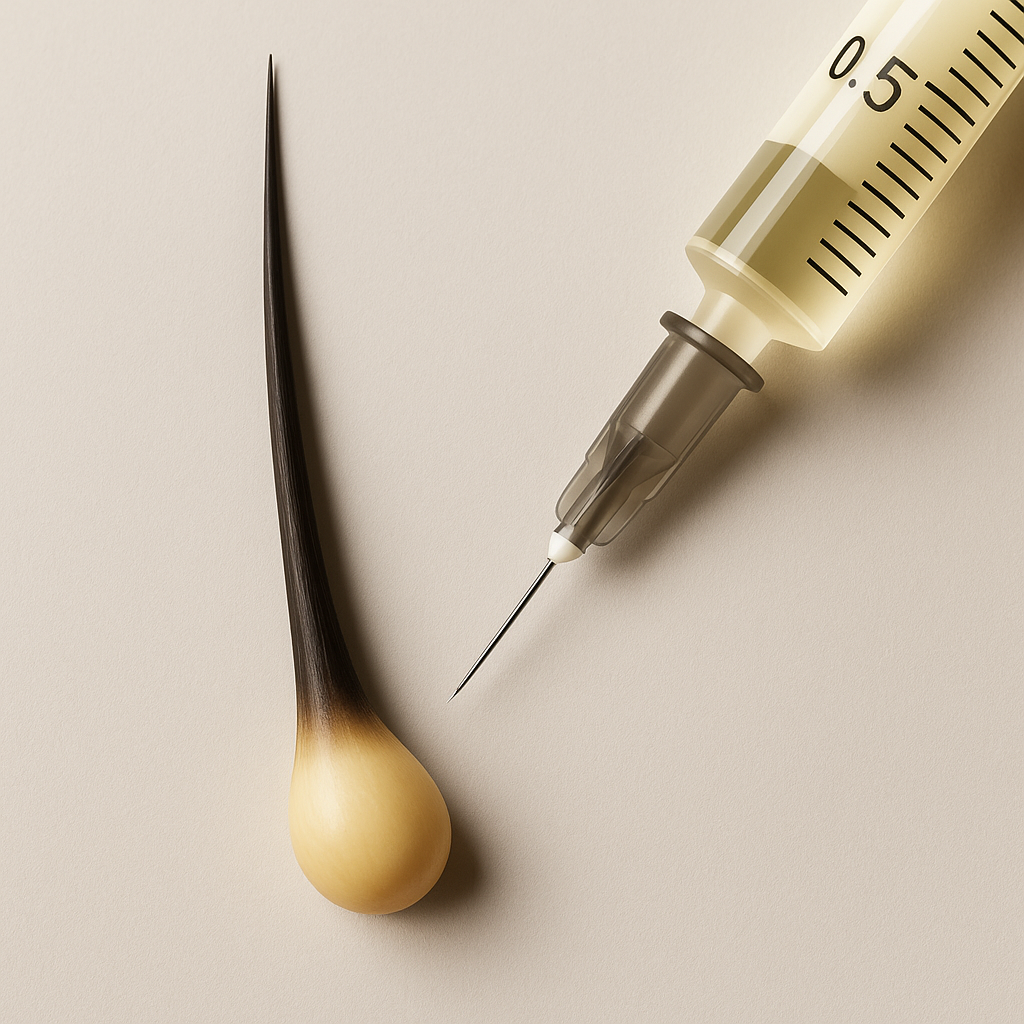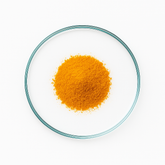Mesotherapy vs Dermarolling
Mesotherapy vs Dermarolling: Why the More Expensive Option Isn’t Always Smarter
Intro
Mesotherapy sounds high-tech—but it all boils down to needles. The real trigger is the needle penetration itself—something dermarolling handles just as effectively, at a fraction of the cost.
Key Takeaways
-
Mesotherapy often comes with a hefty price tag—multiple injections at a clinic can lead to thousands of dollars in expenses.
-
The main stimulus is mechanical: both methods rely on needle-induced micro-injury rather than expensive active compounds.
-
Dermarolling is vastly more cost-efficient: one device for repeated at-home use versus frequent clinical visits.
-
You retain control: schedule treatments at home without appointments or recurring fees.
What the Science Shows
-
Microneedling (dermarolling) with minoxidil delivered far better results than minoxidil alone: In a 12-week study, the mean hair count increased significantly more in the microneedling group (91.4 vs. 22.2), with 82% of those patients reporting over 50% improvement—versus only 4.5% in the minoxidil-only group (Dhurat et al., 2013).
-
Microneedling combined with serums is cost-effective and stimulates hair growth: A study comparing microneedling plus minoxidil versus microneedling with a vitamin cocktail found excellent to very good responses in both groups (Pakhare et al., 2020).
-
Mesotherapy shows improvements—but with inconsistent data: One study reported 25% improvement in hair loss for most participants (Singh & Yadav, 2019), while a 2023 systematic review highlights a lack of standardised protocols (Deshmukh et al., 2023).
Why Mesotherapy Costs More
Cost Breakdown
-
Per-session prices range from $150 to $600 (around €150–€400) depending on location and clinic prestige.
-
Total investment often reaches $1,200 to $3,000+ for a 6–10 session course.
-
Fees typically include injections, materials, and consultation—then repeat treatments for maintenance.
Dermarolling: Similar Results, Much Lower Price
How It Works
-
A handheld roller fitted with fine needles (0.25–1.5 mm) creates micro-injuries to stimulate regeneration and enhance topical absorption.
Financial Breakdown
-
A quality dermaroller costs €25
-
No ongoing clinician fees, flexible scheduling, and you only pay for serums if desired.
Scientific Support
-
Highly cost-effective in improving hair density and growth, especially when paired with topicals like minoxidil.
Conclusion
Mesotherapy’s main mechanism—needle-induced stimulus—is identical to what dermarolling achieves. Given comparable efficacy and vastly different costs, dermarolling emerges as the smart, independent, budget-friendly choice for many.
FAQ
1. Is dermarolling as effective as mesotherapy?
Yes—studies show that microneedling stimulates growth effectively, often matching or exceeding mesotherapy results.
2. How often should you dermaroll?
Typically once per week or every few weeks, depending on your skin's tolerance.
3. Are there risks?
Side effects are minimal: mild redness, irritation, rarely infection. Proper cleaning and avoiding overuse are key.
Sources
-
Deshmukh, N.S., Deshmukh, J., Patil, M., 2023. Mesotherapy in hair loss: A systematic review. Journal of Dermatological Treatment, 34(8), pp. 1–12.
-
Dhurat, R., Sukesh, M., Avhad, G., Dandale, A., Pal, A., Pund, P., 2013. A randomized evaluator blinded study of effect of microneedling in androgenetic alopecia: A pilot study. International Journal of Trichology, 5(1), pp. 6–11.
-
Pakhare, V., Mahajan, P., Madke, B., Singh, A.L., 2020. Comparative study of microneedling with minoxidil versus microneedling with a hair growth solution in androgenetic alopecia. International Journal of Dermatology and Clinical Research, 6(1), pp. 33–37.
-
Singh, A., Yadav, S., 2019. Mesotherapy in treatment of hair loss – A review. Journal of Cosmetic Dermatology, 18(3), pp. 621–626.














